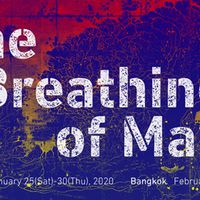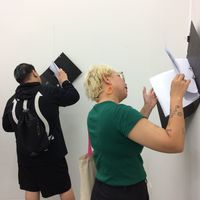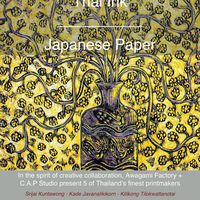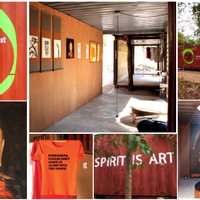Two new contemporary art museums planned in Thailand

In the next few years, Thailand will welcome not one but two new contemporary art museums – much-needed additions as Thai art struggles to engage local audiences and manifest itself internationally. Both are private collector initiatives - the first, MAIIAM, opens in Chiang Mai on July 3 2016, while O Museum is planned to launch in Bangkok in around three years time.
While Thai artists such as Rirkrit Tiravanija, Araya Rasdjarmrearnsook and Korakrit Arunanondchai have made their names in the global art world, very few Thais know what they are about. And that’s only fair, since museums for contemporary art barely exist in the country.
The lack of museums, especially art museums, in Thailand to document its cultural history and educate the public makes it all the more difficult for people to grasp what is going on with Thai contemporary art. Although the very active and accessible Bangkok Art and Culture Centre (BACC) has been accommodating contemporary art, it also doesn’t have a permanent collection. The work by most younger contemporary Thai artists often takes shelter in smaller, scattered art spaces, where they are usually left unexposed to the general public.
Last May, though, a number of people in the Thai art scene gathered to discuss the new Mai Iam Contemporary Art Museum (MAIIAM). The name means “brand new” in Thai and also commemorates Chao Chom Iam Bunnag, the royal consort of King Rama V. Said to open in 2016, the project by collectors Patsri Bunnag and Jean-Michel Beurdeley will transform an old warehouse in San Kanphaeng, Chiang Mai into a two-story art center.
-------------------------------------------------------
As reported separately in Art Radar Asia, the MAIIAM Museum of Contemporary Art Chiang Mai will open its doors on 3 July 2016.
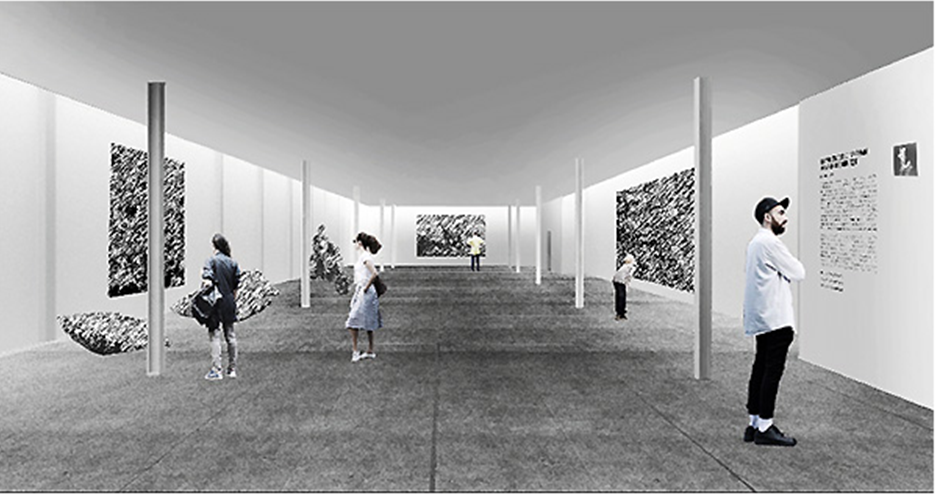
The MAIIAM Museum of Contemporary Art Chiang Mai, Thailand’s newest contemporary art museum, will open its doors on 3 July 2016. Founded by Jean Michel Beurdeley, his late wife Patsri Bunnag and his son Eric Bunnag Booth, the Museum will share the family’s private collection built over the last three decades.
Housed in a converted 3,000 square metres warehouse in the historic crafts district of Sankampang, MAIIAM boasts four exhibition halls, a screening room and an indoor/outdoor open space for show openings and live performances. The Museum was designed by architectural firm allzone, which is known for its contextual approach to architecture.
------------------------------------------------------
In addition, art collector and patron Petch Osathanugrah has unofficially announced a plan for O Museum, a new contemporary art museum that will house works by Thai contemporary artists alongside the art world’s big names such as Damien Hirst and Takashi Murakami. Situated in the inner Bangkok on a spacious 12,800-square-meter plot, the new art venue will be very accessible via public transport and should be ready to welcome local and international art enthusiasts in approximately 3 years.
The opening of the new museums is well timed. According to independent curator Gregory Galligan, director and co-founder of Thai Art Archives (who is also working a book about Thai contemporary art), huge bids from overseas are being made to “represent” Thai modern and contemporary art, especially without a comprehensive historical collection in Thailand. “It’s very concerning. It’s great to have Thai art overseas, but at what cost to the center?” He added, “Perhaps we can build a coalition of collectors and curators to act as a productive counterforce, where others have their governments tending to this, such as at Singapore, Hong Kong, and now Gwangju.”
In Thailand, though, a recent dispute over a relocation of a museum in Nakhon Pathom between local residents and the Fine Arts Department reveals a failure in national museum administration and insufficient support from the government.
Read full article by
Similar content
posted on
01 Jun 2022
from - to
25 Jan 2020 - 01 Feb 2020
17 Sep 2018
from - to
05 Jul 2013 - 28 Jul 2013
posted on
04 Jun 2012


